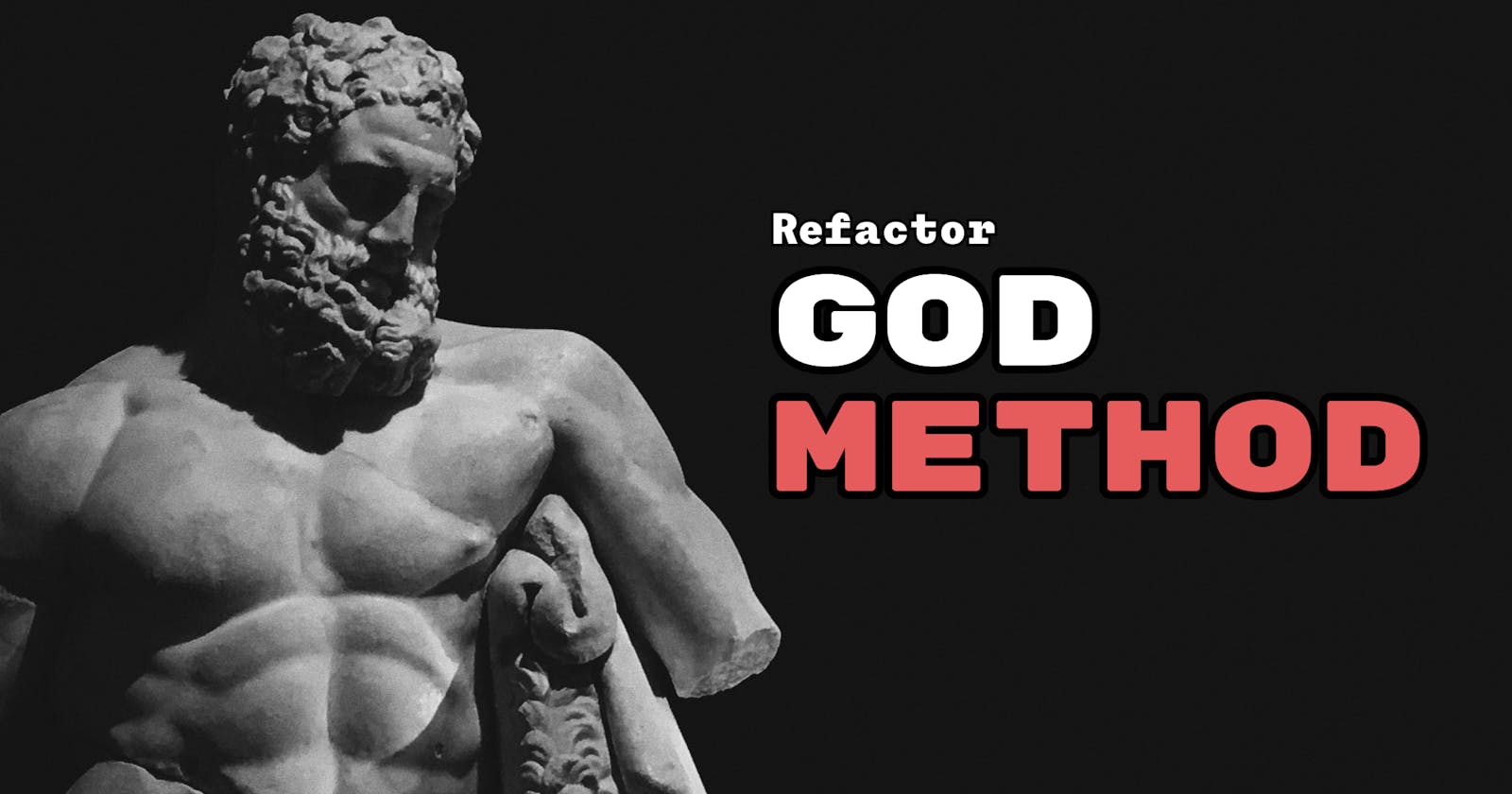As web developers, we often encounter code that has become a tangled mess over time, making it challenging to understand and maintain. One common issue is the presence of a "God method" – a monolithic piece of code that handles numerous responsibilities. In this blog post, we will explore the concept of the God method and provide a step-by-step guide to refactoring it into smaller, more manageable pieces of code. By following these principles, you'll be able to improve code organization and enhance the readability, and maintainability of your applications.
What is the God Method?
The God method, also known as the Big Class or Blob class, refers to a single method within a codebase that takes on excessive responsibilities. Instead of adhering to the principle of encapsulation and separation of concerns, the God method becomes a central hub for controlling various tasks throughout the system. This often leads to code that is difficult to understand, modify, and test.
Step-by-Step Guide to Refactoring the God Method:
Understanding the Code:
Analyze the God method and its responsibilities.
Identify the distinct tasks it performs.
Identifying Cohesive Responsibilities:
Identify specific responsibilities handled by the God method.
Group related tasks and find logical separations.
Extracting Methods:
Create smaller, focused methods for each responsibility.
Give the extracted methods meaningful names.
Updating Method Signatures:
Review extracted methods and adjust their parameters.
Pass relevant data as arguments, ensuring each method only accesses necessary information.
Testing Extracted Methods:
Write or update tests to verify the functionality of the extracted methods.
Ensure they work correctly in isolation.
Replacing God Method Calls:
Replace the code in the God method with calls to the extracted methods.
This breaks down the monolithic method into smaller, cohesive pieces.
Reviewing and Refactoring Dependencies:
Examine dependencies of the extracted methods.
Refactor additional classes as necessary, avoiding the creation of new God methods.
Iterative Refactoring:
Repeat the extraction process if the extracted methods still have excessive responsibilities.
Continuously strive for smaller, more focused methods.
Testing the Refactored Code:
Run tests to ensure functionality is preserved.
Verify that the refactored code behaves correctly.
Refactoring Related Classes:
Assess other classes that interact with the refactored code.
Modify them to accommodate the changes made during the God method refactoring.
Conclusion
Refactoring the God method is a crucial step towards improving the maintainability and readability of complex code. By breaking down a monolithic method into smaller, focused pieces, web developers can enhance code organization, simplify testing, and make future modifications more straightforward. Applying these step-by-step principles will help you transform convoluted code into a clean and maintainable application.
